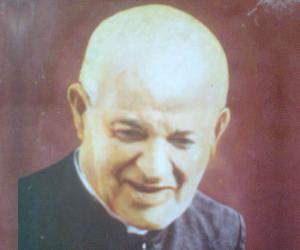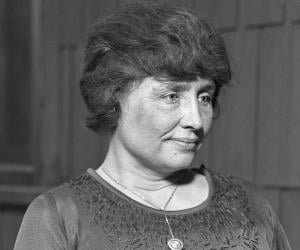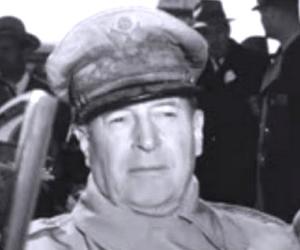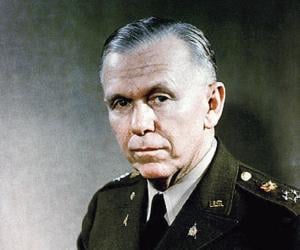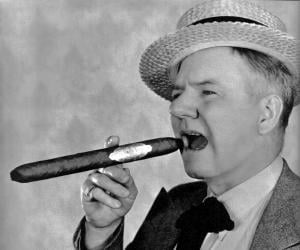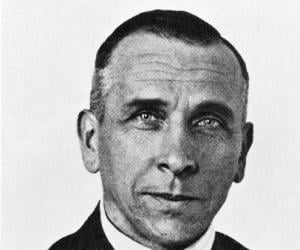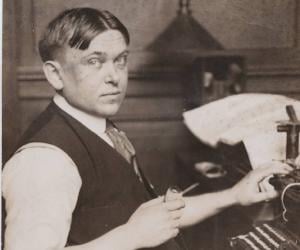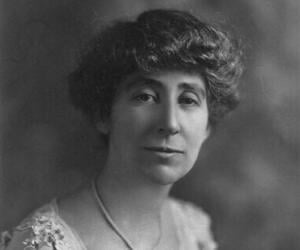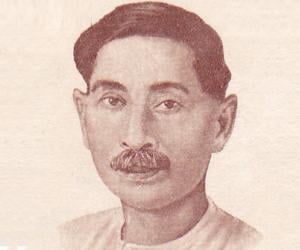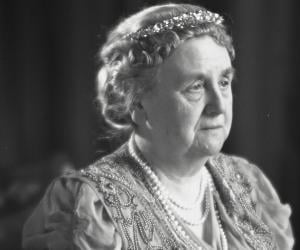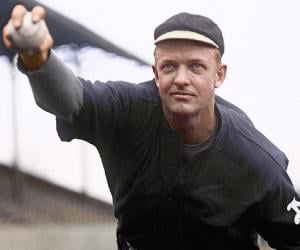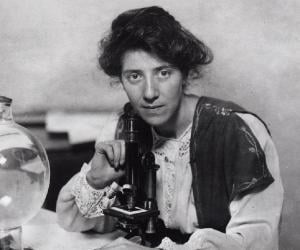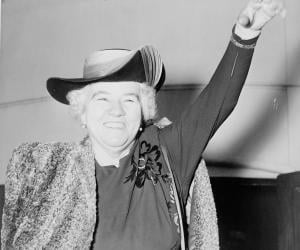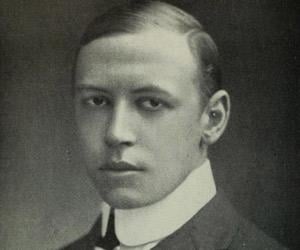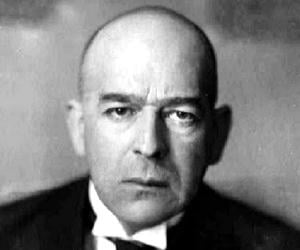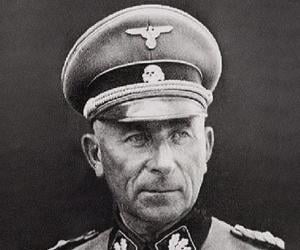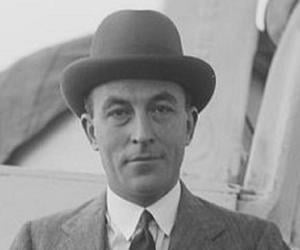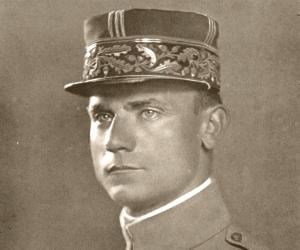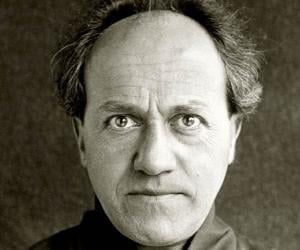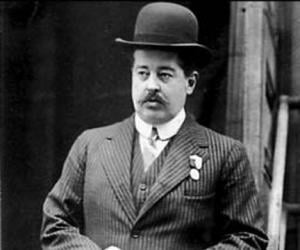A prolific author, having written 12 published books and several articles, Helen Keller was the first deaf-blind person to earn a Bachelor of Arts degree. Her autobiography, The Story of My Life, made Keller famous and was adapted for film and stage. She was also an activist and campaigned for women's suffrage, labour rights, socialism and other such causes.
George Marshall was an American statesman and soldier who played a key role in the Allied victory during the Second World War. Marshall served as the third US Secretary of Defense from 1950 to 1951. As Secretary of State, George Marshall advocated economic recovery programs to aid post-war European countries, for which he was honored with the Nobel Peace Prize.
In the early 1900s, meteorologist Alfred Wegener did not find too many takers for his theory that all the continents of the world had initially been a single mass named Pangaea and that continental drift had caused them to split apart. Wegener died on his fourth expedition in Greenland.
H. L. Mencken was an American journalist, cultural critic, essayist, satirist, and scholar of American English. His reporting on the Scopes Trial earned him national recognition. The trial came to be known as the Scopes Monkey Trial as Mencken had nicknamed it Monkey Trial in accordance with his satirical reporting of the trial.
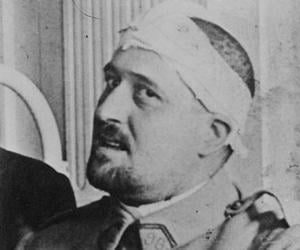
French poet Guillaume Apollinaire was a significant figure of the avant-garde movement. It is believed he had coined the terms Cubism, Surrealism, and Orphism. Known for his iconic poem Chanson du mal-aimé, written after being rejected by a lover, he also developed the typography-based concrete poetry in the collection Calligrammes.
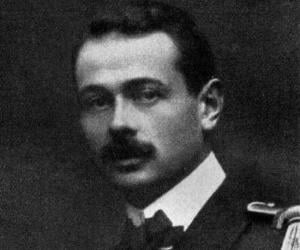
Georg von Trapp, or Captain von Trapp, was an Austrian naval officer who led the Trapp Family Singers, the family that inspired the play and the film The Sound of Music. An able military man, he had also been part of World War II and was knighted by the Austrian government.
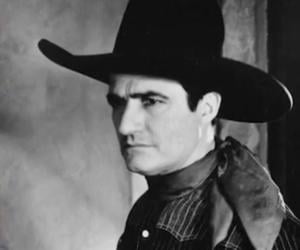
Jeannette Rankin scripted history as the first female member of the US Congress. A feminist, she was also associated with the women’s suffrage movement. Earlier, the Republican worked as a dressmaker, a furniture designer, and a teacher. She was the only legislator to vote against war after the Pearl Harbor incident.
Wilhelmina of the Netherlands, the only child of the King William III and his second wife, Emma of Waldeck and Pyrmont, became queen at age 10. While she remained neutral during World War I, she went into exile to England during World War II. Her autobiography revealed her religious devotion.
Apart from being a successful botanist, Marie Stopes was also a popular activist, known for her contribution to the feminist cause. A leading supporter of birth control, she established the UK’s first clinic for family planning. She was also known for her books Married Love and Wise Parenthood.
Elizabeth Kenny was an Australian bush nurse. A self-trained nurse, Kenny pioneered a new and then-controversial method to treat the victims of poliomyelitis. Her method, which she advocated enthusiastically, became the foundation of physiotherapy. Her life and career inspired the 1946 American biographical film Sister Kenny, in which she was played by Rosalind Russell.
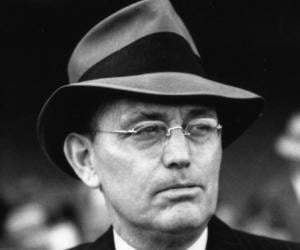
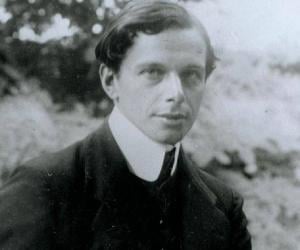
One of the pioneers of Expressionism, German painter Ernst Ludwig Kirchner co-established the artists’ group Die Brücke, or The Bridge. His iconic works such as Girl under Japanese Umbrella and Street, Berlin displayed psychological and erotic themes. Declared a "degenerate" by the Nazis, he later committed suicide.
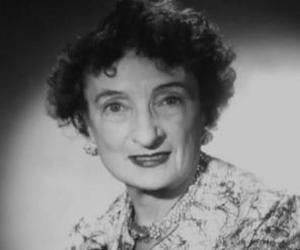
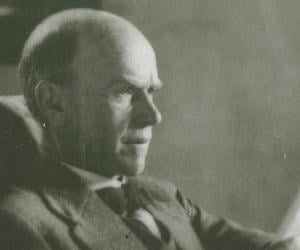
Elton Mayo was an Australian-born industrial researcher, psychologist, and organizational theorist. As a psychologist, Mayo played an important role during World War I, helping soldiers returning from the war recover from the stresses. He also conducted psycho-pathological tests and is credited with pioneering the psychoanalytic treatment of shell-shock. Elton Mayo's works also laid the basis for the human relations movement.
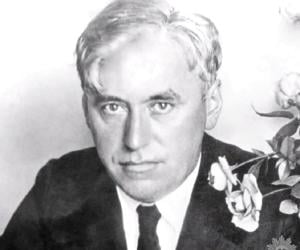
Mack Sennett was a film actor, director, and producer. He specialized in comedy and was known as the 'King of Comedy'. Born in Canada in 1880, he moved to USA as a young man and entered the fledgling film industry as an actor. He found considerable success and went on to open Keystone Studios in Edendale.
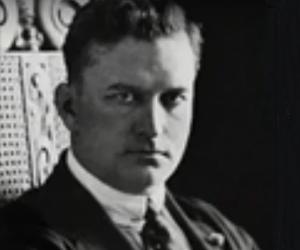
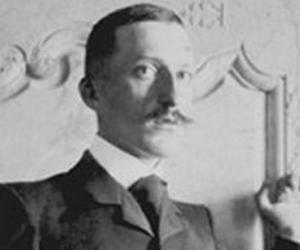
Andre Derain is considered a co-founder of Fauvism, along with fellow artist Henri Matisse, who was one of his classmates at the Académie Carriere. He also created theatrical décor for Ballets Russes and woodcut book illustrations for authors such as Antonin Artaud and André Breton.
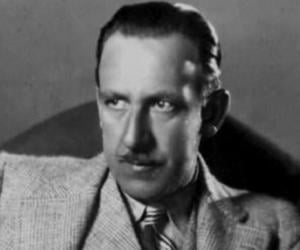
Tod Browning was an American actor, director, screenwriter, and vaudeville performer. Browning is best remembered for directing films like Dracula and Freaks. He had an illustrious career that spanned from 1913 to 1939. Although he was famous during his lifetime, Browning's work received greater critical appreciation after his death. He is sometimes referred to as the Edgar Allan Poe of cinema.
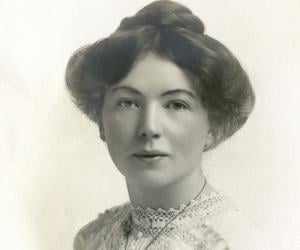
Dame Christabel Harriette Pankhurst was a British suffragette who co-founded the Women's Social and Political Union. From 1912 to 1913, Pankhurst directed the organization's militant actions from France. After the war, Christabel Pankhurst settled down in the United States of America where she served as an evangelist for the Second Coming movement.
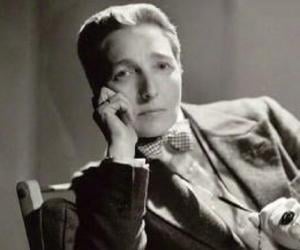
German historian Oswald Spengler is best remembered for his iconic The Decline of the West, which had a huge influence on social theory. He believed that culture cannot be transferred and that it can only decline and decay like an organism. He lived his final years in isolation in Munich.
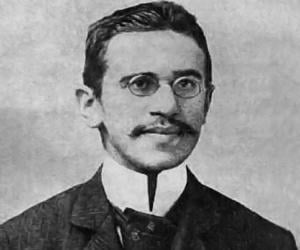
Austrian thinker Otto Weininger, whose main areas of interests included philosophy of religion, logic, gender and psychology, lived in the Austro-Hungarian Empire. His book Geschlecht und Charakter (Sex and Character), which gained popularity following his suicide by gunshot, became a sourcebook for anti-Semitic propagandists. Some of his writings were used by Nazi propaganda.
Paul Hausser was a German general who played an important role in the post-war efforts in order to achieve legal and historical rehabilitation. Hausser was among many former members of the Waffen-SS who strived towards achieving rehabilitation. He also played a prominent role during World War I, serving in the Prussian Army.
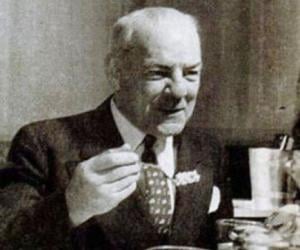
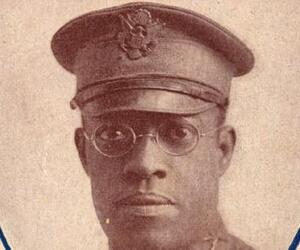
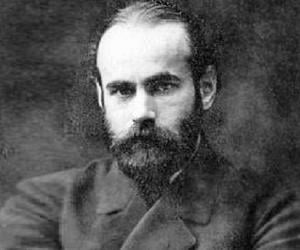
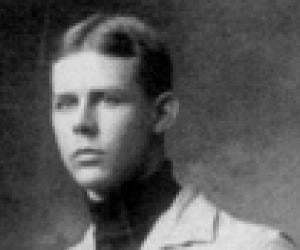
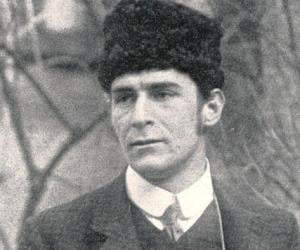
Best known as one of the founders of the German Expressionist group The Blue Rider, German painter Franz Marc mostly depicted animals through his works. The Tower of Blue Horses and Yellow Cow are two of his notable works. Children and the mentally disabled also appeared as his subjects.
Jean Patou was a French fashion designer. He is credited with founding the popular French fashion house, Jean Patou. Over the years, several popular fashion designers like Karl Lagerfeld, Marc Bohan, and Jean Paul Gaultier have worked for Jean Patou. Patou is also credited with creating the designer tie, which he invented in the 1920s.
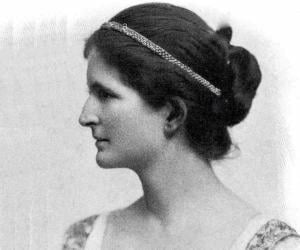
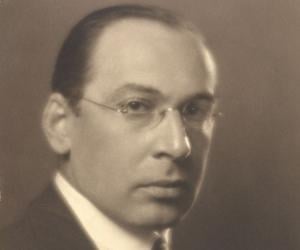
Milan Rastislav Štefánik was a Slovak politician, diplomat, aviator, and Freemason. He served as the minister of war for Czechoslovakia during World War I while simultaneously serving as a general in the French Army. He was a leading member of the Czechoslovak National Council and contributed to the cause of Czechoslovakian sovereignty. He died in a plane crash in 1919.
Born to a Jewish family in Geneva, Ernest Bloch had learned to play the violin by age 9. Best known for works such as Avodath Hakodesh, Bloch composed music that carried a significant neoclassical trend. He also taught at the University of California, Berkeley, and was a skilled photographer, too.
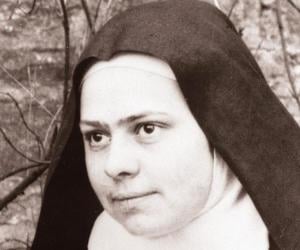
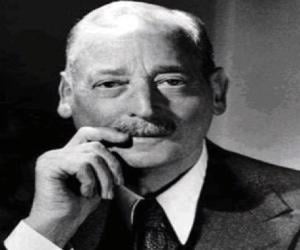
Born to a cigar merchant in Germany, Ernest Oppenheimer went to South Africa as a representative of a diamond brokerage company and ended up becoming the mayor of Kimberley. He later established himself as a leading financier, who chaired De Beers and co-founded the Anglo American Corporation.
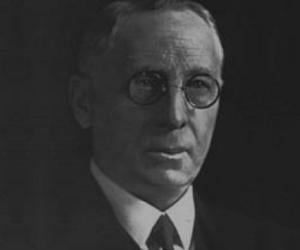
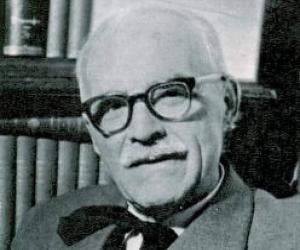
Romanian author Ion N. Theodorescu, better known as Tudor Arghezi, is remembered for his contribution to Romanian children’s literature and for introducing a new lyric poetry form. He was a leading figure of Poporanism and Symbolism in Romania. The novel Wooden Icons and the poetry collection Suitable Words remain 2 of his best-known works.
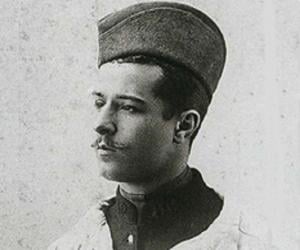
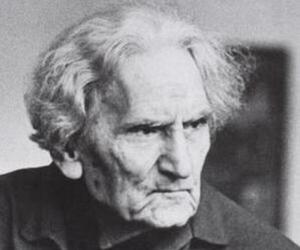
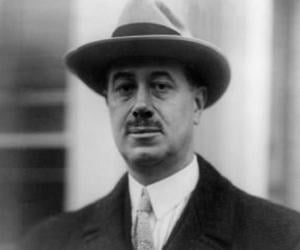
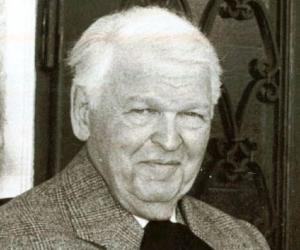
Mihail Sadoveanu was a Romanian political figure, journalist, short story writer, and novelist. One of the most prolific writers of Romania, Sadoveanu is best remembered for his adventure and historical novels. In 1961, Mihail Sadoveanu was honored with the prestigious Lenin Peace Prize.
